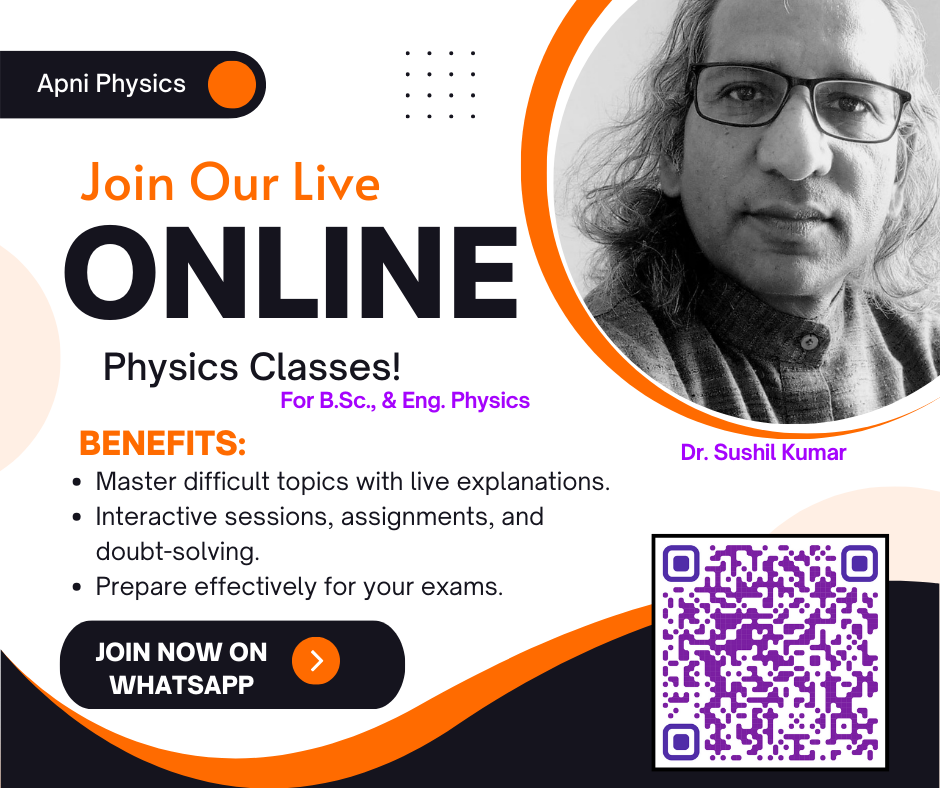Last updated on Wednesday, November 23rd, 2022
Semiconductor diode laser quiz. There are 13 questions that will help you to check your learning about the diode laser and its working.
Please let me know if any question has left or you can suggest me some more questions. It will help you.
QUIZ


Julieta
Hi! Julieta hope you have found the information useful…